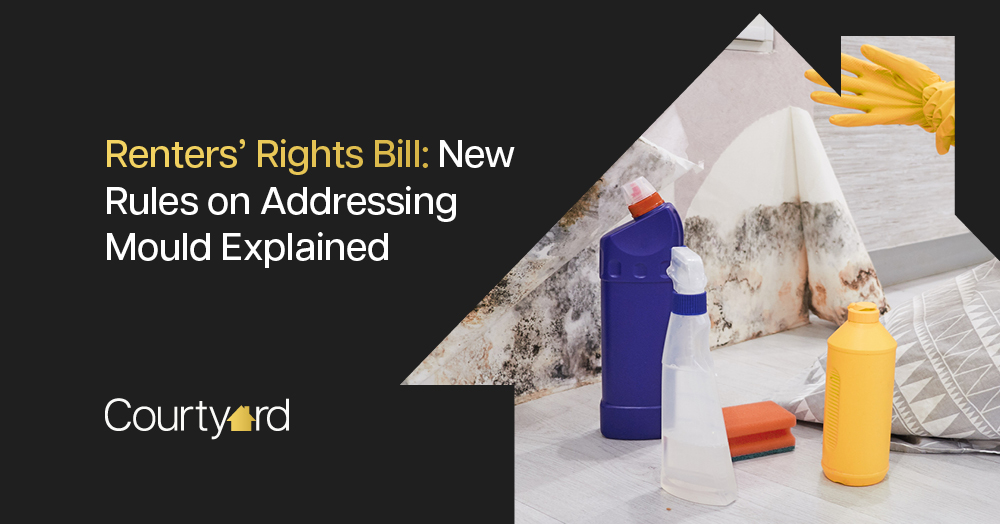
Renters' Rights Bill: New Rules on Addressing Mould Explained


It’s that time of year when our thoughts turn to ghosts, ghouls and things that go bump in the night. Here is some advice on what you can do if you suspect your house or flat is haunted and you’re thinking of moving on.
The recent Autumn Budget 2025 brought several important changes for landlords. Nothing seismic, but enough that many in the private rented sector will need to rethink cash flow, yields and long-term plans. Here’s what changed, what didn’t, and what landlords should be doing now.
If you’re preparing a property for sale or to let, or simply want to smarten up your own home, here are some helpful cleaning tips. They’ll leave your kitchen and bathroom looking and smelling fresh without the use of harsh chemicals.
Fancy a little bit of fun in between last-minute shopping, elf on the shelfing and any other festive business you’re enjoying/enduring? Here’s our festive property quiz based on our experience - No Googling please… answers at the bottom.